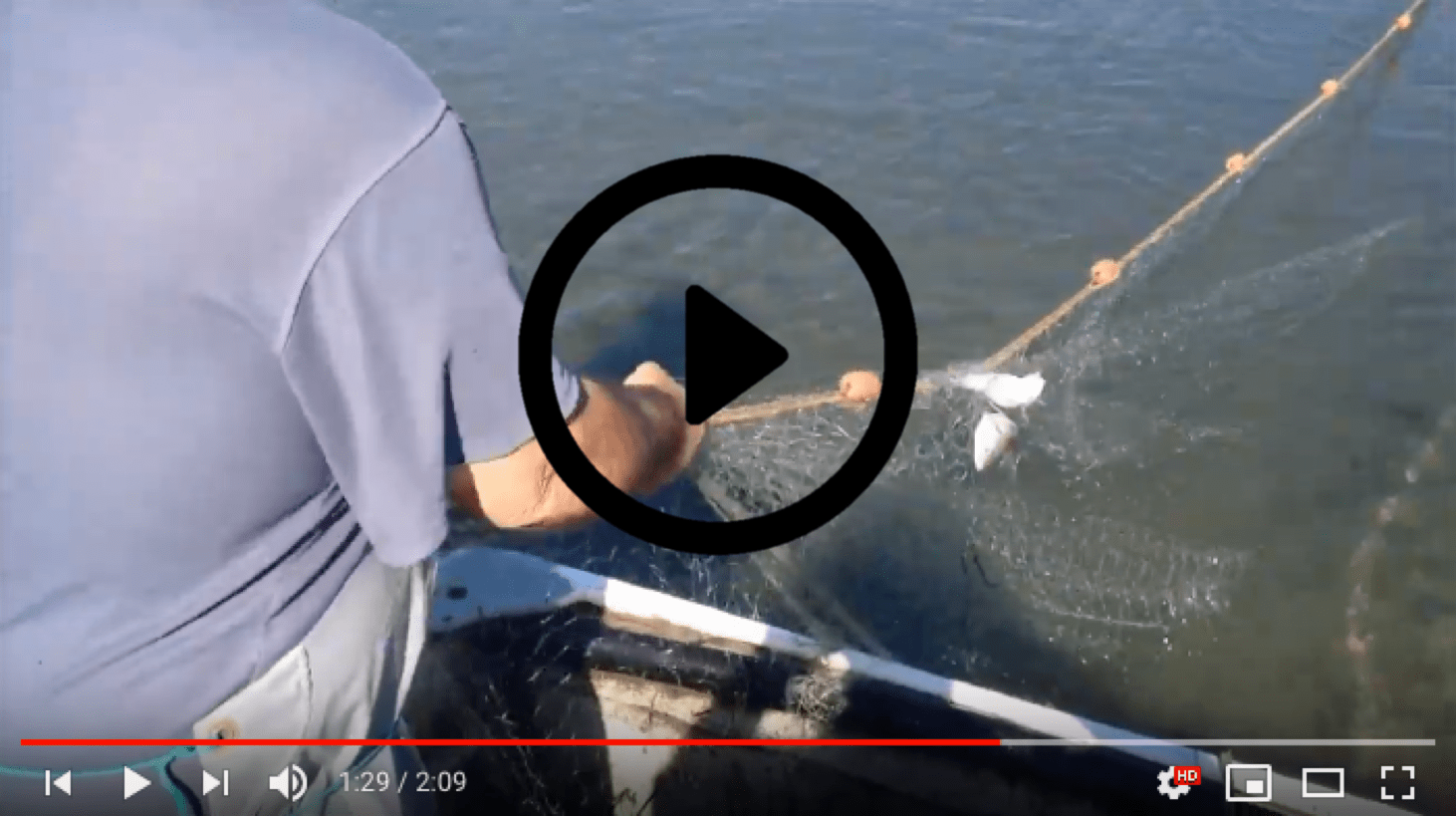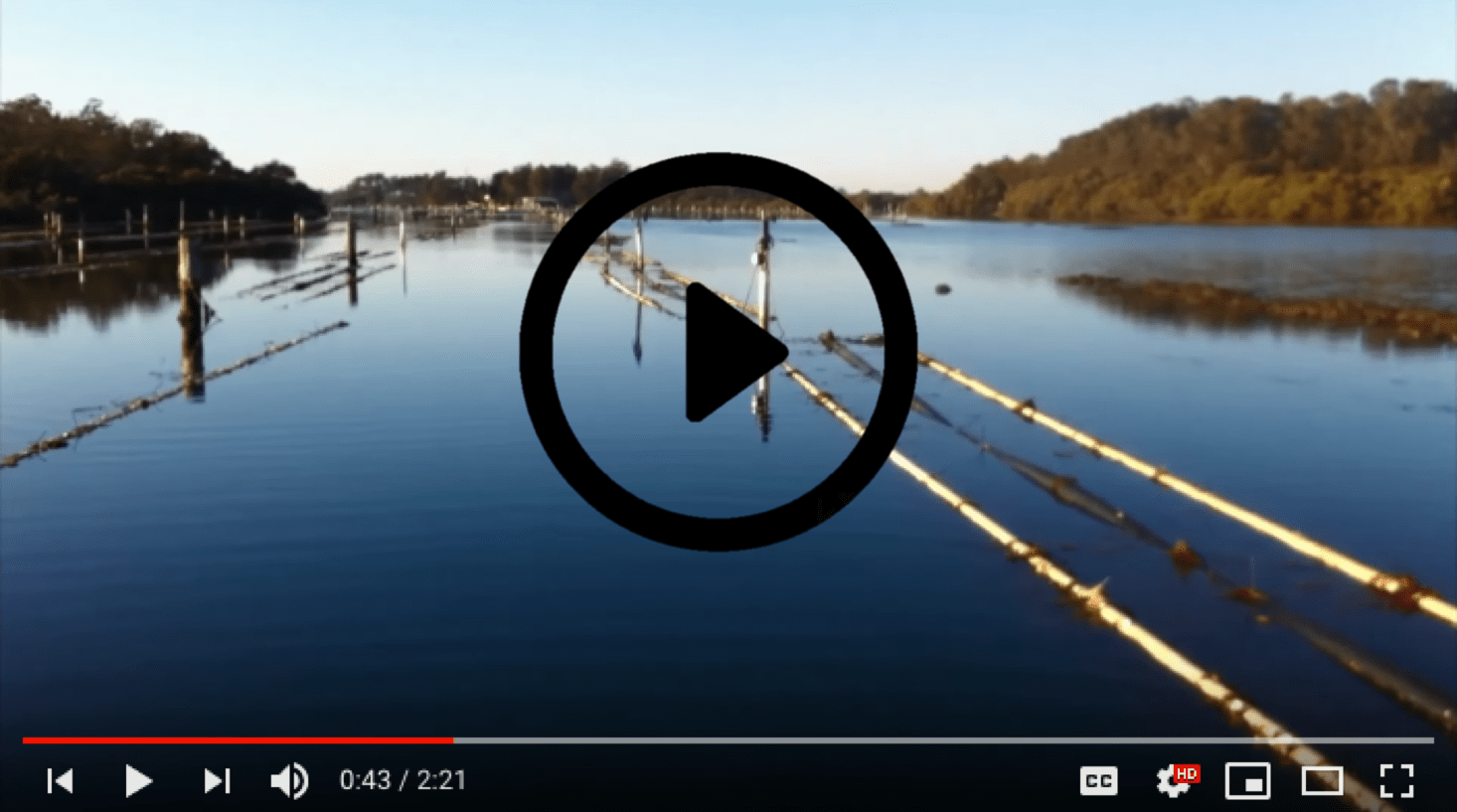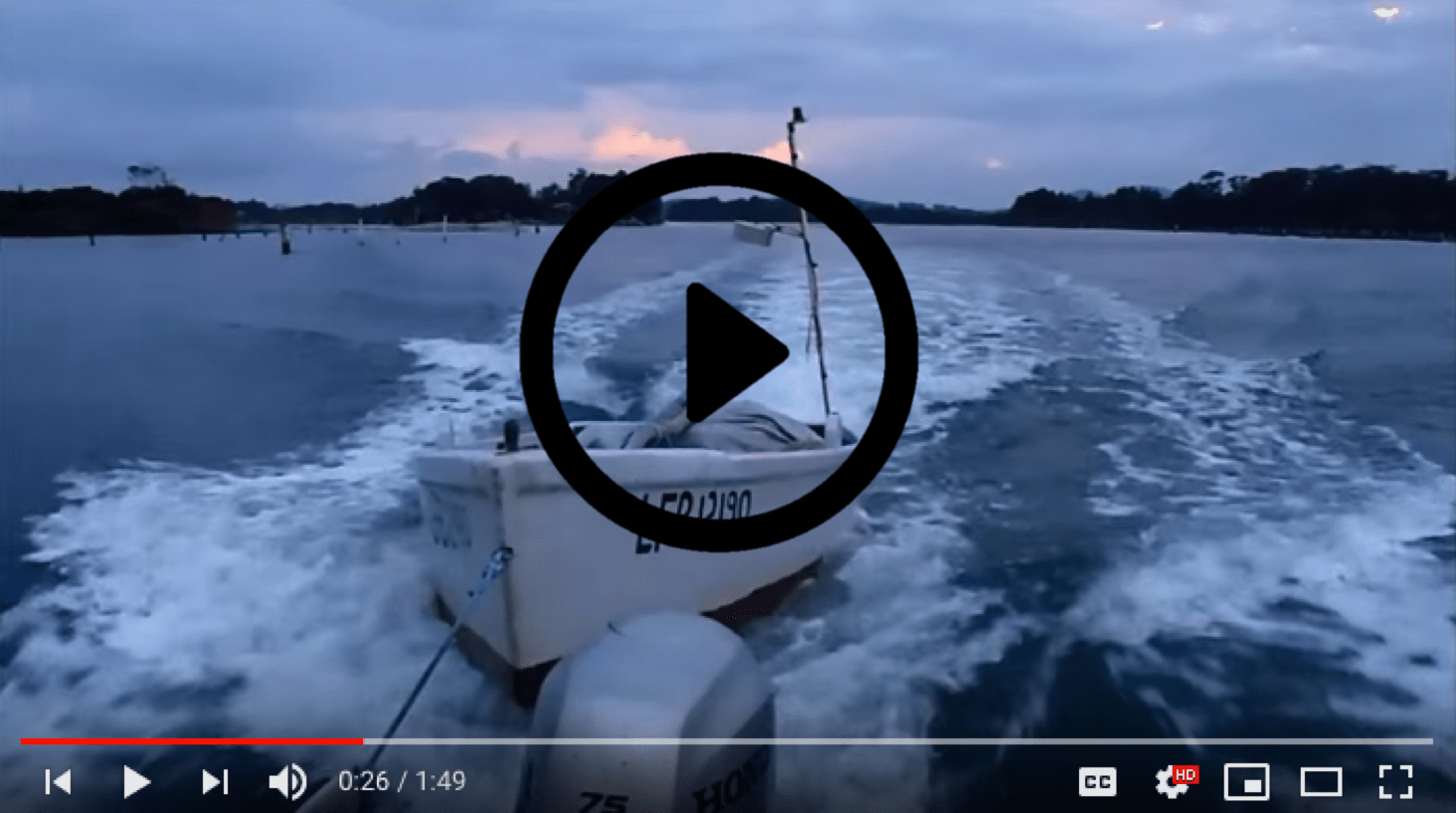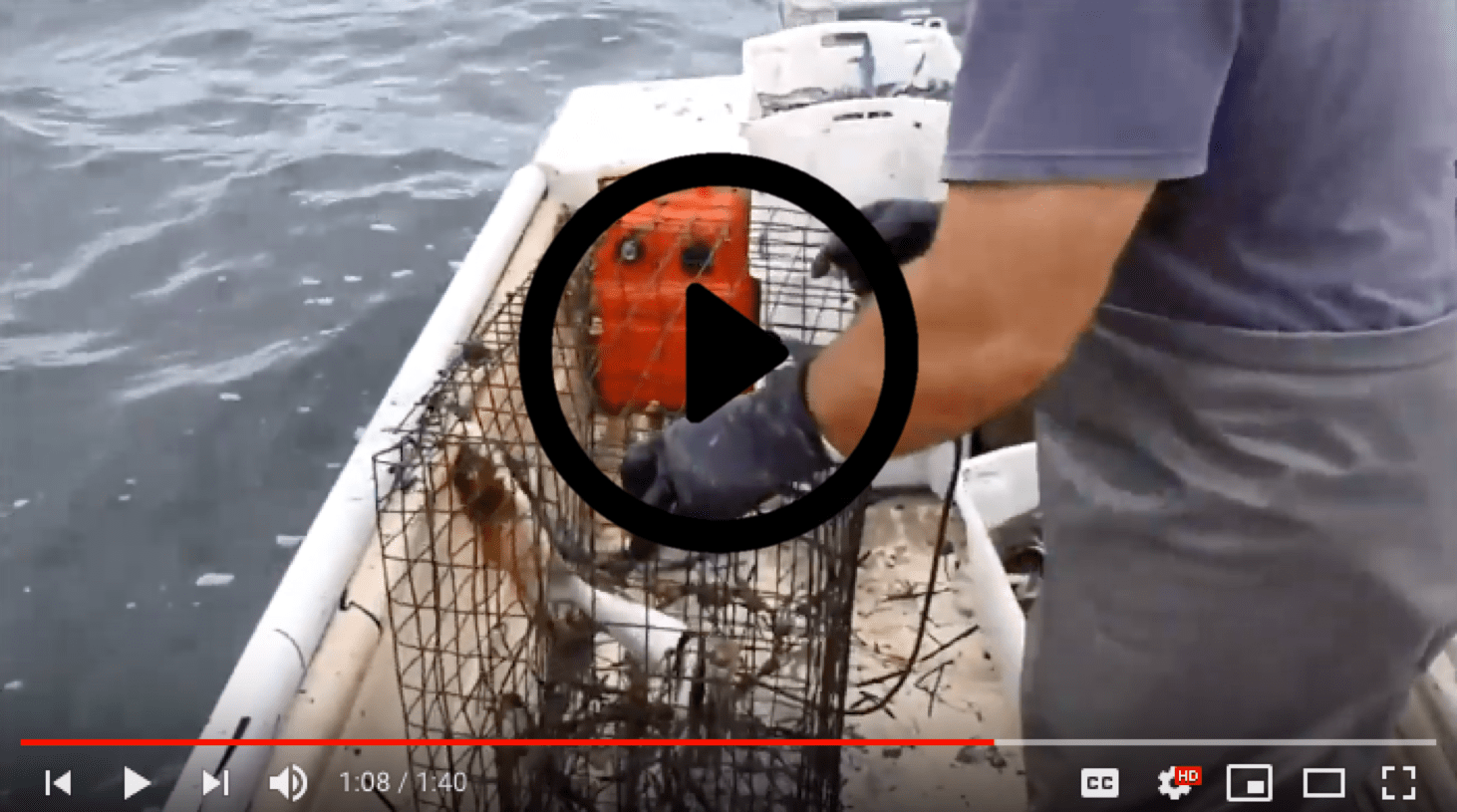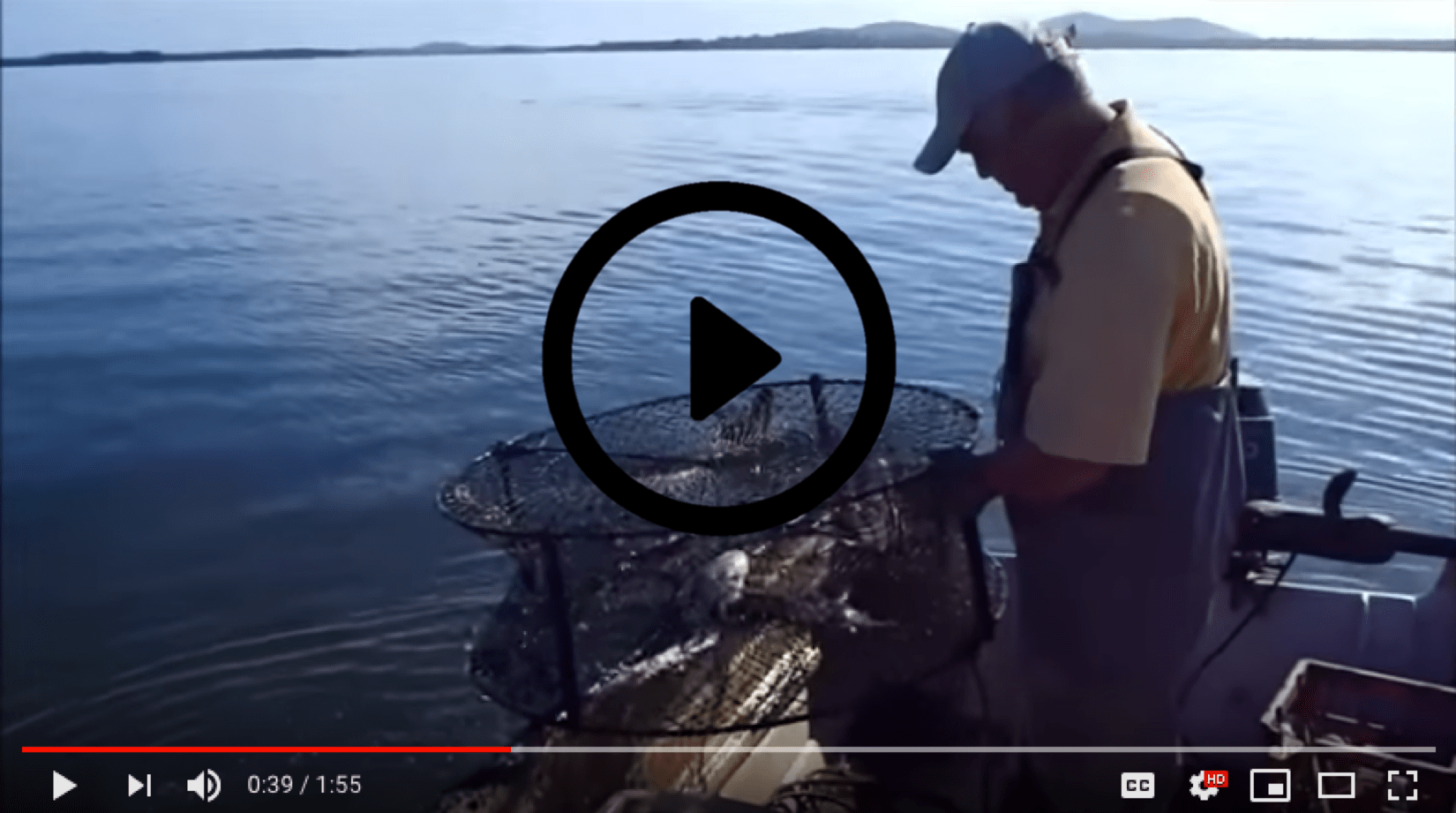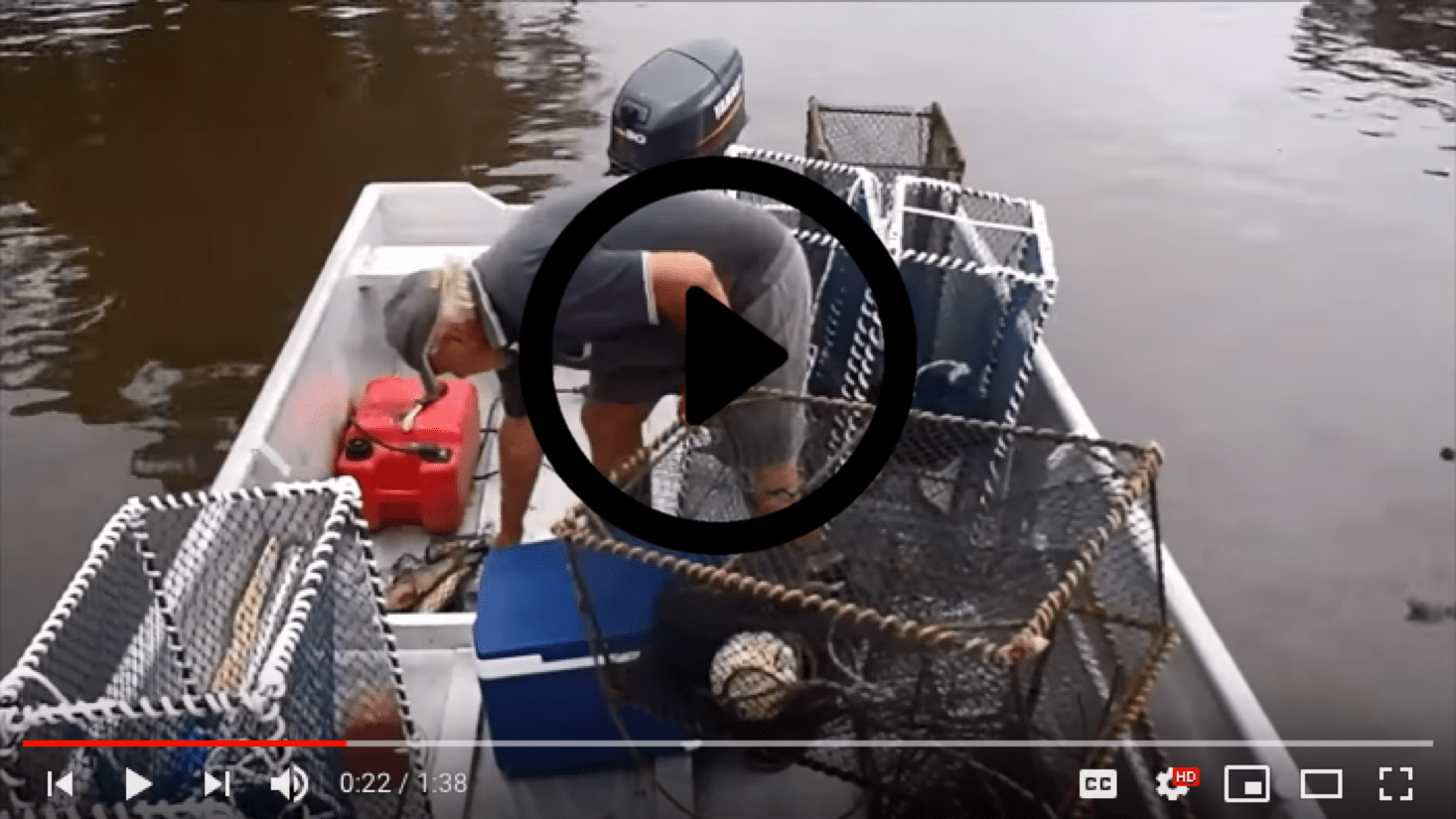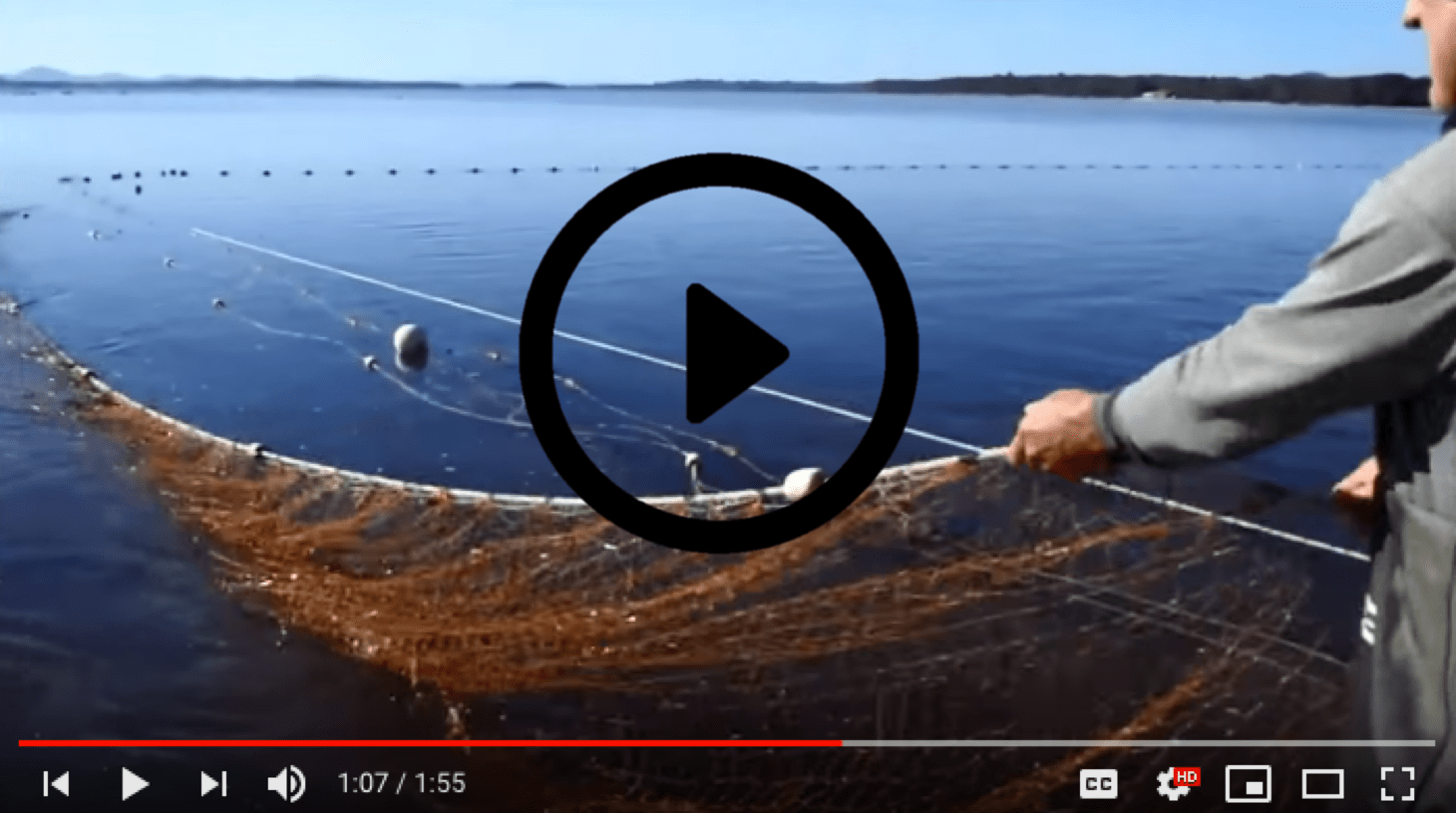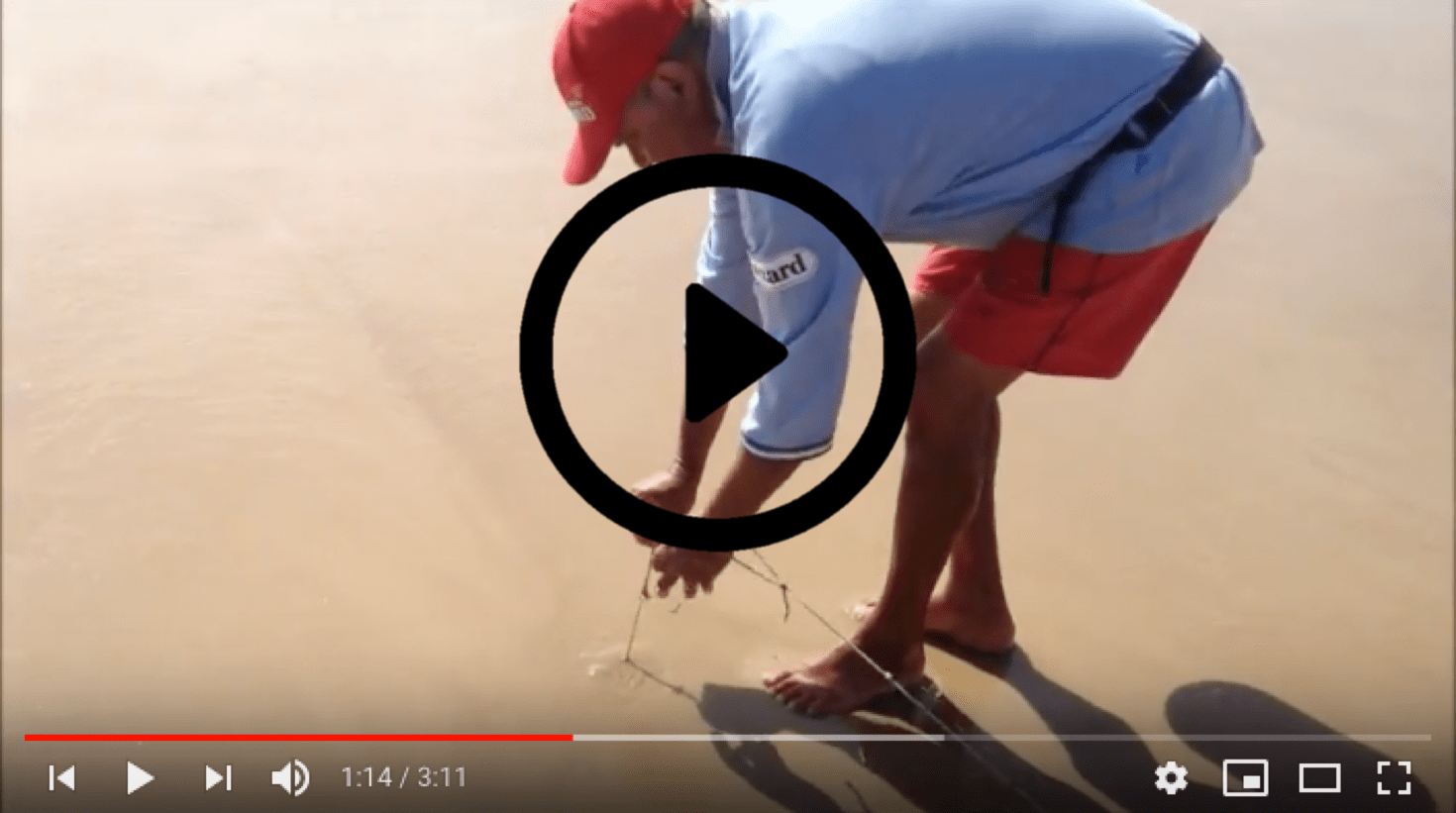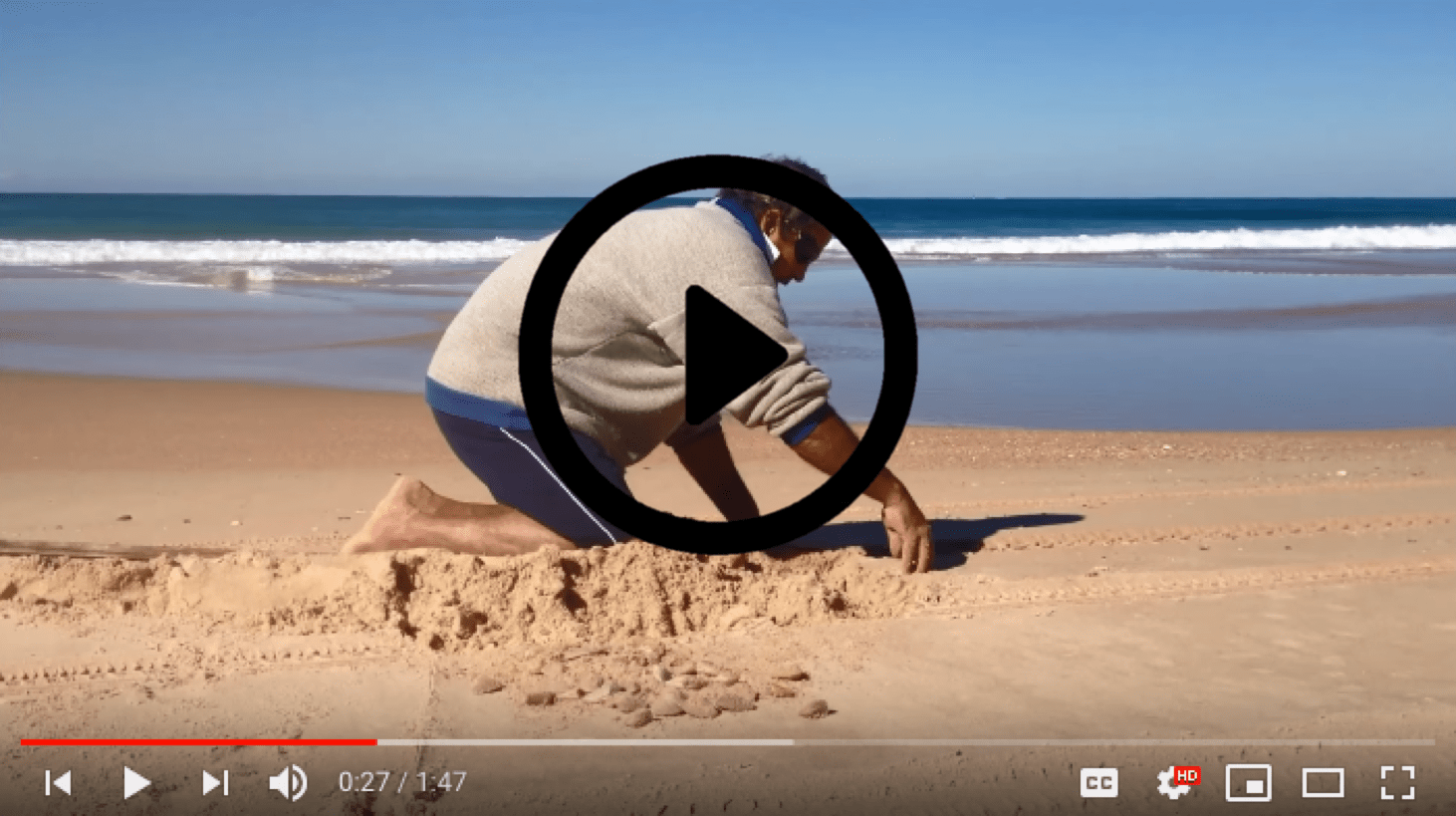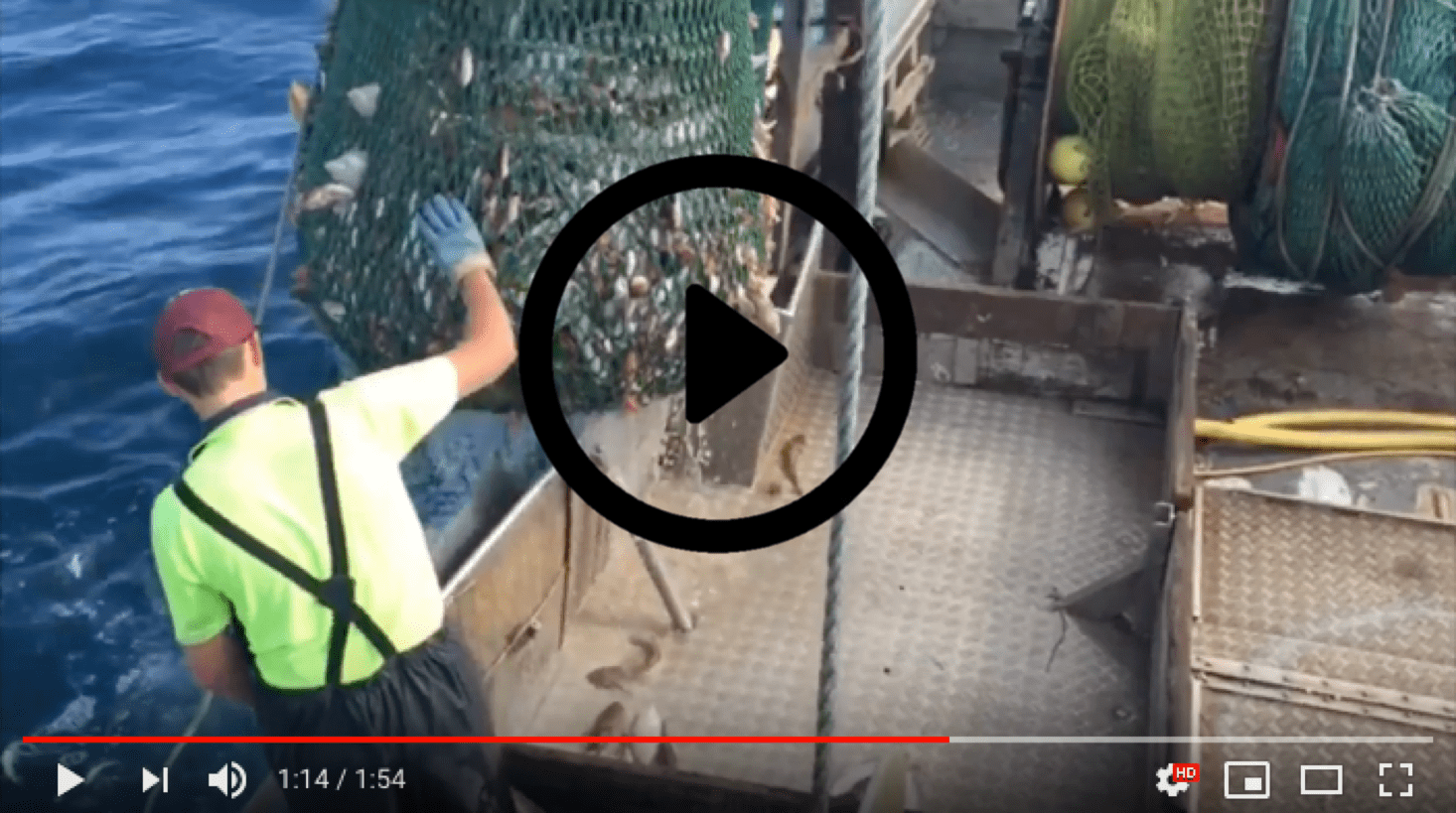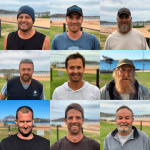Fishing Methods
From Tide to Table
The following short videos illustrate some of the fishing methods New South Wales professional fisherman may use, within our estuaries and coastal waters, to harvest and supply us with our local seafood.
The methods used by OceanWatch Master Fishermen are dependent upon the individual endorsements held within the relevant fisheries.
NSW Estuary General Fishery
The Estuary General Fishery is a diverse multi-species multi-method fishery that may operate in 76 of the NSW estuarine systems.
-
Handline
Handlining is a technique where one or more baited hooks or lures are attached to a fishing line to capture various species of fish.
-
Mesh Netting
Mesh netting is a technique that involves the deployment and retrieval of a length of mesh net. Mesh nets may be set for a restricted period or deployed and retrieved instantly, termed a splash shot. There are two types of mesh net used in NSW, meshing net and flathead net.
-
Estuary Trapping
Estuary trapping is a technique used in some NSW estuaries to capture fish (other than eels and mud crab). Traps may be constructed from steel frames generally covered in wire mesh, or collapsible and covered in polyethylene mesh. Fish and blue swimmer crab are captured following entry through a funnel into a baited trap.
-
Estuary Prawning
Estuary prawning comprises seven different techniques to harvest school, greasy back and eastern king prawn species using nets. Set pocket and prawn running nets rely on currents and tidal movement to guide prawns into the net where they are harvested. Prawn hauling and seine nets involve the deployment and retrieval of a net comprising wings and a catching bag. Hand-hauled prawn net, scissor net or a scoop net are also used to capture migrating prawns.
-
Mud Crab Trapping
Mud crab trapping is a technique used in some NSW estuaries. Traps are generally constructed from steel frames covered in wire mesh or may be collapsible and covered in polyethylene mesh. Crabs are captured following entry through a funnel into a baited trap.
-
Blue Swimmer Crab Trap
Blue Swimmer Crap are caught with the Estuary Trapping technique. Traps may be constructed from steel frames generally covered in wire mesh, or collapsible and covered in polyethylene mesh. Fish and blue swimmer crab are captured following entry through a funnel into a baited trap.
-
Eel Trapping
Eel trapping is a technique used in some NSW estuaries, rivers and dams and impoundments. Eel traps are constructed from rectangular steel frames covered with polyethylene mesh with a trailing mesh sock. Freshwater eels are captured following entry through a funnel into the baited trap, and retained in the sock of the net.
-
Estuary Hauling
Estuary fish seine or hauling is a technique that is used in some NSW estuaries. The technique involves the deployment and retrieval of a net comprised of two longer wing sections and a center section that concentrates and retains the catch.
-
Hand Gathering Worm
Hand gathering is a technique used to capture beach worms and pipis from some NSW ocean beaches. A net filled with fish or offal is moved over the surface of shallow water to encourage worms to expose their head from the sand. Worms are then collected by hand.
-
Hand Gathering Pipi
Hand gathering is a technique used to capture beach worms and pipi from some NSW ocean beaches. Pipi are located by fishers and hand gathered from the sand.
NSW Estuary Prawn Trawl Fishery
Prawn trawling is a technique used in three NSW estuaries, using an otter trawl net to target and capture school and eastern king prawns.
Prawn trawl (otter) nets are funnel shaped nets that are towed behind small trawlers, guiding prawns into the tail of the net where they are collected. The net is held in shape through the use of trawl doors (otterboards) and water pressure.
NSW Ocean Hauling Fishery
NSW Ocean hauling uses two separate techniques to target fish from NSW ocean beaches or ocean waters.
-
Beach Hauling
Beach hauling involves the deployment and retrieval of a hauling net from an ocean beach.
-
Purse Seining
Purse seining is a technique used in NSW ocean waters to harvest schooling fish. Seine nets are deployed in a circle shape and the bottom of the net is pulled together (pursed) encircling targeted catches.
NSW Ocean Trap and Line Fishery
A variety of techniques most commonly involving traps or lines with hooks are used to harvest fish and crustaceans from NSW ocean waters.
-
Demersal Fish Trap
Demersal fish trapping is a technique used in NSW ocean waters, involving the setting and retrieval of a trap on the sea bed. Fish traps are generally constructed from steel or timber frames covered in wire mesh. Fish are captured following entry through a funnel into the baited trap. Traps are fitted with a rope and float to facilitate retrieval of the trap.
-
Ocean Line Fishing
Ocean line fishing involves a variety of line fishing techniques include setlines/trotlines, driftlines, hand-held line, dropline and trolling/leadlining. These methods of line fishing are used to target fish species in ocean waters east and west of the 100 fathom (183m) depth contour.
-
Spanner Crab Netting
Spanner crab netting involves the use of baited dilly pots, generally constructed from a steel frame and covered in mesh. Dilly pots are set in a trotline, with individual dillies attached to a mainline and fitted with a rope and float to facilitate retrieval. The fishery operates from Hat Head to the NSW/Queensland border.
NSW Ocean Trawling
NSW Ocean Trawling includes a prawn trawl and fish trawl sector.
-
Ocean Fish Trawl
Ocean fish trawling involves the use of funnel shaped (otter trawl) nets that may be towed by fishing vessels through the water column (midwater) or skim along the seafloor (bottom or demersal). The net is held in shape through the use of trawl doors (otterboards) and water pressure.
Fish are guided into the tail end of the net, referred to as the codend where they are captured. The fish trawl sector includes Fish Northern zone and Southern Fish Trawl.
-
Ocean Prawn Trawling
Prawn trawling involves the use of funnel shaped (otter trawl) nets towed by fishing vessels. The nets are held in shape through the use of trawl doors (otterboards) and water pressure. Trawl nets skim along the seafloor (bottom or demersal) and prawns are guided into the tail ends of the net where they are collected. The prawn trawl sector includes the inshore and offshore prawn trawl and deepwater prawn trawl.
NSW Lobster Fishery
The NSW Lobster Fishery is characterised by inshore and offshore sectors. Inshore fishers use small baited beehive or square traps in waters up to 10 metres in depth, whilst offshore fishers use large baited rectangular traps.
NSW Abalone Fishery
Blacklip abalone are harvested from rocky reefs by commercial divers using a flattened knife, using surface-supplied air or scuba. Most commercial abalone fishing takes place on the south coast of NSW, primarily from Jervis Bay to the Victorian border, with most abalone found close to the shore.
NSW Sea Urchin and Turban Shell Fishery
Sea urchins and turban shells are harvested in NSW by commercial divers using surface supplied compressed air.

